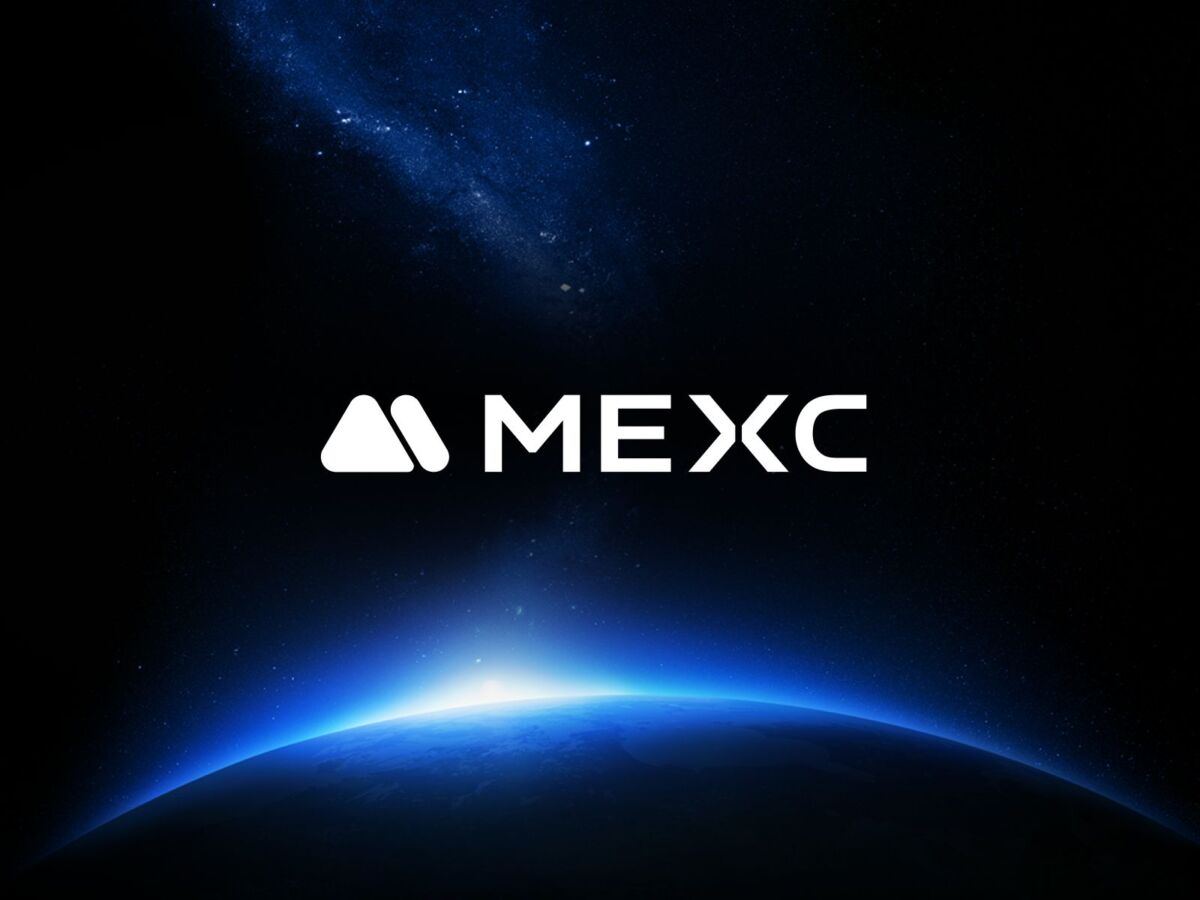Market snapshot — why ETH deserves a fresh look in 2025
Ethereum has moved from the spotlight of summer 2025 into a quieter phase where price action and market structure matter more than headlines. After reaching an August peak near $4,950, ETH has retraced materially. The pullback has cooled speculative momentum and left traders and investors weighing whether the current environment is a tactical buying opportunity or the start of a deeper correction.

Since mid‑October, risk assets have shown increased volatility. With lighter-than-usual macro data flows from the U.S. and shifting expectations about central bank policy, many participants have adopted a cautious stance. This macro uncertainty has filtered into crypto markets, making multi‑timeframe analysis especially valuable for deciding when to commit capital.
Top-line technical picture
From a structural viewpoint, Ethereum’s trend has softened after breaking key upward channels that supported the mid‑2025 advance. Price behavior now demonstrates lower highs on several timeframes, which is a classic sign that bullish conviction has waned and sellers are more active at resistance.
That does not mean opportunity is absent. When a large, liquid market consolidates or corrects, it often creates attractive entry points for disciplined investors and well‑prepared traders. The difference between a tactical dip and a collapse is often defined by clear support and resistance zones, time horizons, and position sizing.
Important context for 2025
- Institutional interest and product evolution continue to shape liquidity and flows.
- On‑chain metrics (gas usage, L2 activity, staking participation) remain important health indicators beyond price.
- Regulatory developments and macro policy expectations can quickly swing risk appetite.
Multi‑timeframe technical levels to watch
Below are key levels that traders and investors should monitor. These are derived from recent consolidation zones, prior reaction points, and larger‑frame pivots.
Major support zones
- $2,100 — Deep structural support that marked major selling pressure earlier in the year.
- $2,500–$2,700 — A multi‑week consolidation band that has historically absorbed selling and provided buyers a base.
- $3,050–$3,060 — Recent intraday lows that acted as a short‑term bottom in November; important for lower‑timeframe setups.
- $3,500 (±$50) — The current momentum pivot. Holds here suggest the market can re‑accumulate, while a clear break below increases downside odds.
Key resistance bands
- $3,500 (±$50) — Converts to resistance on any failed retest; watch price reaction around this pivot.
- $3,650 — Tops of the short‑term descending channel; a break here would signal improving momentum.
- $3,800 — September lows that have acted as a hurdle on rebounds.
- $4,000–$4,100 — A higher‑timeframe pivot zone that would need reclaiming to restore a bull‑market posture.
- $4,950 — The August high; retesting this level requires a sustained change in market structure and liquidity inflows.
Timeframe breakdown: daily, 4‑hour, and 1‑hour
Daily view
The daily chart shows a shift from the prior upward channel into a more neutral‑to‑bearish regime. Multiple failed attempts to clear overhead resistance have produced lower highs, and the market currently sits below a key momentum pivot. For medium‑term planning, traders should use the daily to define trend and larger support / resistance zones before sizing entries on shorter timeframes.
4‑hour view
On the 4‑hour chart, price is operating inside a descending channel that has provided short‑term structure. The 4‑hour is useful for planning swing trades and for seeing whether the daily pivot near $3,500 acts as support or resistance. A decisive break below the channel and $3,300 area would open the path toward the $2,500–$2,700 band.
1‑hour view
The 1‑hour timeframe reveals immediate momentum. Tight risk managers will watch the lower boundary of the hourly channel (~$3,300–$3,330). Breaks there typically trigger stop runs and accelerate selling; conversely, solid bounces that reclaim $3,500 could lead to a short‑term move back toward $3,700–$3,800.
Trading and investment approaches
Different time horizons call for different playbooks. Below are practical frameworks for investors and traders operating in the current market.
Investor (longer‑term) playbook
- Consider dollar‑cost averaging (DCA) into positions rather than lump‑sum buying. DCA reduces timing risk in a volatile market.
- Anchor allocation to thesis: staking yields, decentralised finance (DeFi) growth, and Layer‑2 adoption remain long‑term tailwinds for Ethereum.
- Use broader support bands (e.g., $2,500–$3,050) for scaling purchases over weeks to months.
- Monitor on‑chain health metrics and regulatory headlines; those often presage regime changes more than price alone.
Trader (short‑ to medium‑term) playbook
- Define the trade direction from the daily trend; execute entries and exits using 4‑hour and 1‑hour structure.
- Watch the $3,500 pivot. If price consistently respects this level, look for long setups with tight stops. If it fails, prefer short‑biased trades toward $2,700 or lower supports.
- Keep risk per trade small relative to capital—crypto continues to demonstrate high intraday volatility.
- Confirm breakouts with volume and session closes rather than single‑bar moves to reduce false‑break risk.
Risk management essentials
Regardless of timeframe, robust risk controls are essential. Crypto markets can move swiftly and retrace aggressively.
- Size positions to accept realistic, pre‑defined losses and to avoid forced deleveraging during sharp moves.
- Use stop‑loss orders or mental stops and respect them. Repeatedly moving stops further away is a recipe for outsized drawdowns.
- Keep exposure to speculative altcoins and leverage small relative to spot allocations during uncertain macro regimes.
Macro and on‑chain considerations for late 2025
Looking across the landscape in 2025, several factors will influence Ethereum’s path besides pure technicals:
- Central bank policy expectations and real yields continue to drive risk asset allocation. Any clear pivot toward looser policy can increase liquidity for risk markets, including crypto.
- Progress in Layer‑2 adoption and developer activity tends to support long‑term fundamentals. Growing transaction throughput and lower fees improve user experience and utility.
- Staking demand and reduced issuance (post‑EIP mechanisms) influence supply dynamics. Higher staking participation can reduce circulating supply, supporting price over time.
- Regulatory clarity in major jurisdictions will affect institutional participation. Positive guidance can facilitate inflows; adverse rulings can induce rapid outflows.
Putting it together: opportunity vs. panic
Is it time to panic? The technical evidence suggests caution rather than alarm. ETH is below its prior momentum pivot and exhibiting lower highs, but there are clear support levels that provide defined risk points. For investors who accept the long‑term thesis, dollar‑cost averaging into these support bands can be appropriate.
For traders, the current environment offers both short and long opportunities depending on how price reacts to the $3,500 pivot and the descending channel. A strict playbook, disciplined risk management, and adherence to time‑frame alignment will separate successful trades from reactive losses.
Final thoughts
Ethereum’s pullback in 2025 is a reminder that modern crypto markets are a blend of fundamental evolution and price discovery. While the market digests macro uncertainty and liquidity dynamics, disciplined participants should focus on structure, plan their entries and exits, and size risk appropriately.
Whether this phase becomes a buying window or a deeper correction will depend on forthcoming macro signals, capital flows, and market structure. For those planning entries, clear levels—such as $3,500, the $2,500–$2,700 consolidation band, and the recent lows near $3,050—offer practical guides for decision making. Treat volatility as a tool for disciplined accumulation rather than an emotional trigger.
Stay informed, manage risk, and let market structure guide execution.
Disclaimer: This post is a compilation of publicly available information.
MEXC does not verify or guarantee the accuracy of third-party content.
Readers should conduct their own research before making any investment or participation decisions.
Join MEXC and Get up to $10,000 Bonus!
Sign Up


